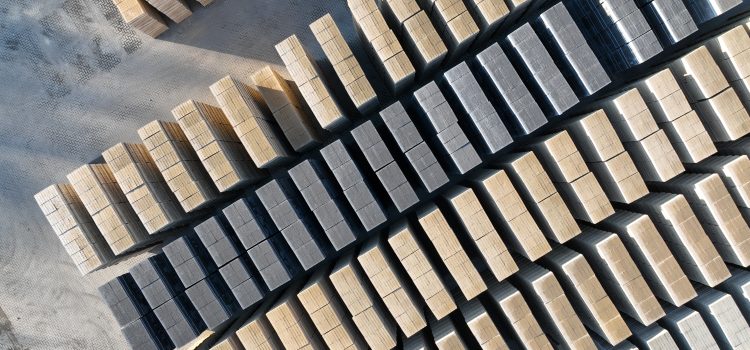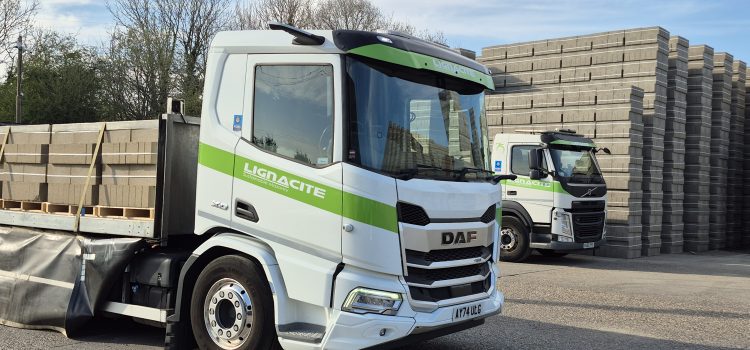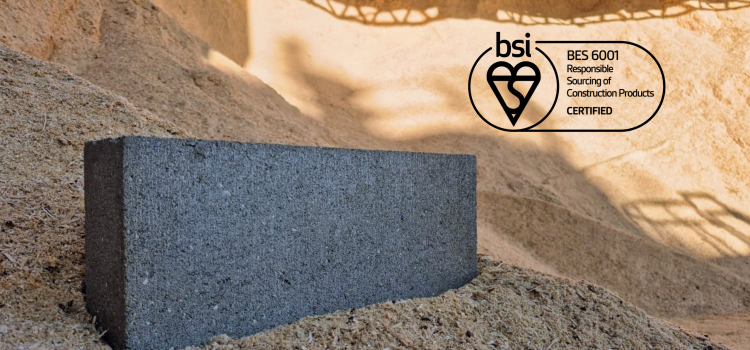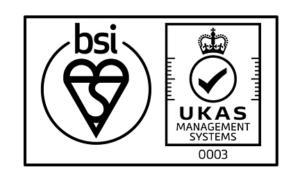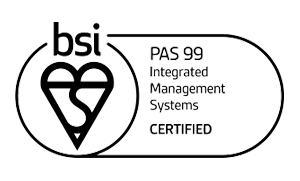Articles
From Waste to Wealth: Lignacite’s Approach to Recycling in Concrete Block Manufacturing
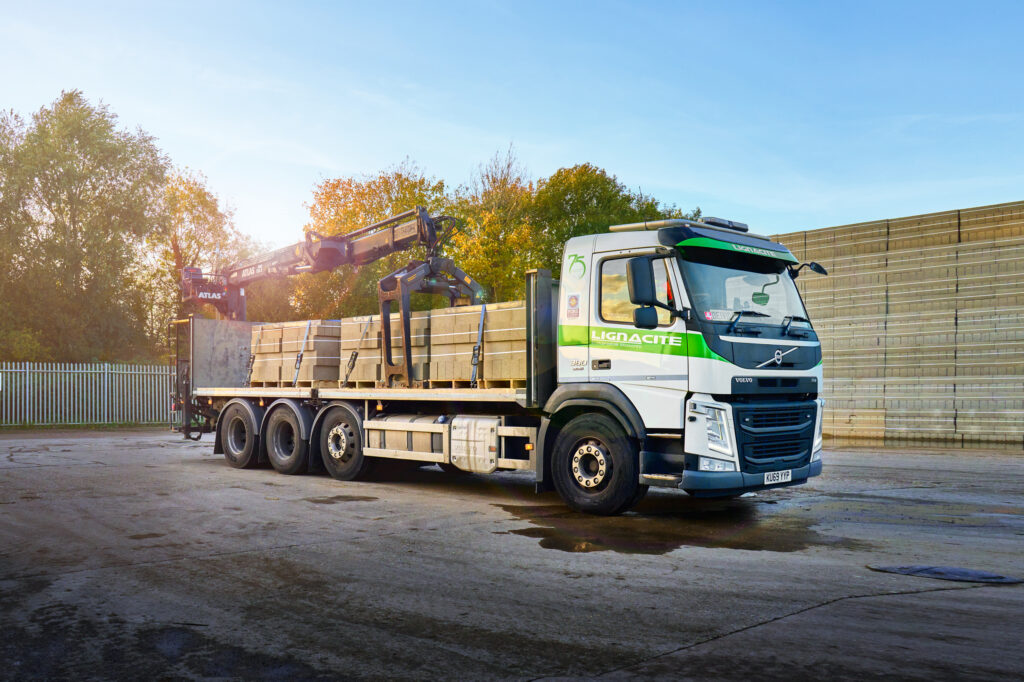
Posted by Nick Franks
Find out more about recycling in concrete block manufacturing, including the use of recycled concrete as an aggregate.
Reducing emissions and our impact on the environment is a key part of our sustainability strategy. Recycling is an important element in this. We want to both increase the amount of waste that we recycle, and boost our use of recycled materials in our products.
We’ve been using recycled wood particles in our blocks since 1947, but we are not content to rest there. Instead, we are actively researching the use of new recycled materials.
Let’s take a closer look at how recycled materials can be used in concrete, and what makes the best aggregates.
Can concrete be made from recycled materials?
It is absolutely possible for concrete to be made from recycled materials. Indeed, the Minerals Products Association (MPA) estimated that recycled and secondary materials accounted for almost 70 million tonnes of construction aggregates supplied in Great Britain in 2021.
And, as more pressure is placed on the construction and manufacturing industry to become more sustainable, research is increasingly being carried out on how recycled aggregates can be used.
Common recycled aggregates used in concrete today include:
- Ash
- Recycled sand
- Brick
- Recycled concrete aggregates (such as crushed concrete blocks)
- Glass
Can you use recycled concrete to make concrete?
Concrete from construction and demolition waste can be crushed down and used again in new concrete. This is known as recycled concrete aggregate. It is particularly useful in a coarse form, which can then be used in concrete for applications such as road sub-base.
According to the World Business Council for Sustainable Development, it is also generally accepted that around 20% of aggregate can be replaced by recycled concrete for structural applications.
However, recycled concrete will still need fresh cement. There are also regulations in place that restrict the proportion of recycled concrete that can be used.
What percentage of concrete is able to be made from recycled materials?
This depends on what the concrete is being made for. There are several regulations that govern how much recycled material can be used in concrete.
For instance, CD 374, the Design Manual for Roads and Bridges, states that the percentage of recycled aggregates to the total aggregates by mass in a concrete mix cannot exceed 60% for concrete structures that have not been stressed previously. This drops to just 20% for pre-stressed concrete structures.
Limits are imposed because adding a high proportion of recycled aggregate can alter the resulting concrete’s properties. For instance, it can result in greater shrinkage and water ingress.
Feasibility studies by the concrete industry on the use of 100% recycled materials are ongoing. Hopefully, with more research we will better understand how recycled materials affect concrete. This means that we will be able to use more recycled aggregates in concrete production, helping us to create a more sustainable future.
Recycled materials that are used to make Lignacite concrete blocks
Ash
Recycled materials used in our concrete blocks include ash. This material has been used in our medium-density blocks, such as those in our Lignacite or Lignacite GP ranges. This inert and lightweight aggregate is recovered from power stations and makes a great recycled aggregate for concrete blocks.
Wood particles
Our flagship Lignacite product is well known for its use of graded wood particles as part of its concrete materials. As a lightweight material, this recycled aggregate is also great for carbon capture. We typically get this wood supplied as soft-cured timber off-cuts that would otherwise be taken to landfill.
Recycled sand
Sand is a common aggregate in concrete. Its fine particles help to add density and strength to concrete blocks. Recycled sand can reduce reliance on new raw materials, and is something we try to include wherever we can.
Why is recycling important in manufacturing for construction?
Recycling has a crucial role in manufacturing for construction due to its potential environmental benefits.
The construction industry uses materials in very high quantities. Indeed, concrete is the second most consumed material in the world after water. To produce these materials, a substantial amount of raw constituents must be extracted and processed. This leads to a sizable impact on the environment.
By introducing recycling, manufacturers can help to create a more circular economy. This reduces the demand for raw materials, as well as cutting waste and carbon emissions.
Lignacite's approach to recycling in manufacturing
Recycling is a key component of our sustainable strategy.
In addition to using materials such as wood particles, we have been focusing on recycling our waste. By improving our ability to measure our processes, we have been able to find more situations in which our waste can be sent for recycling.
In 2022, we recycled 17.6 tonnes of our own waste, up from 7.7 tonnes in 2020.
Our products are also fully recyclable at the end of life and can be used as aggregates in hardcore or piling mats.
Read more: Take a look at our sustainability case study.
Find out more about Lignacite blocks
If you’d like to find out more about our concrete blocks and how you could use them for your next project, get in touch with our team. You can call us on 01842 778485 or drop us an email at info@lignacite.co.uk.
